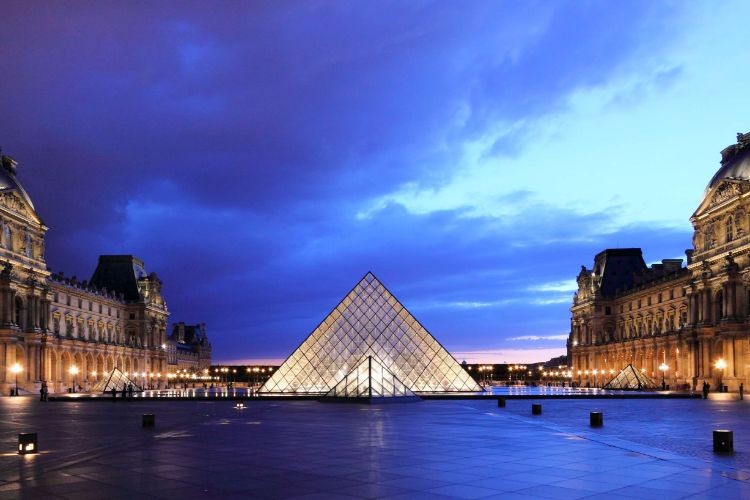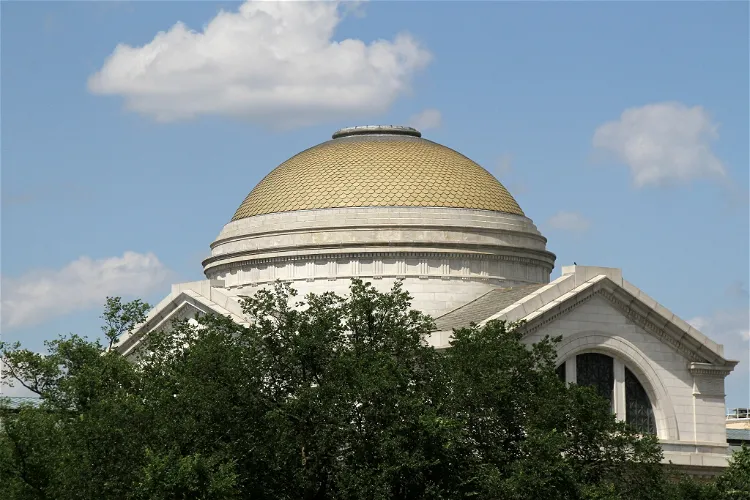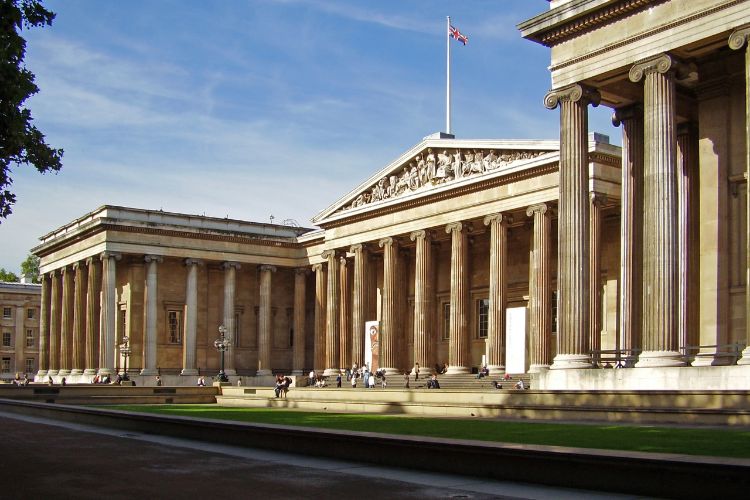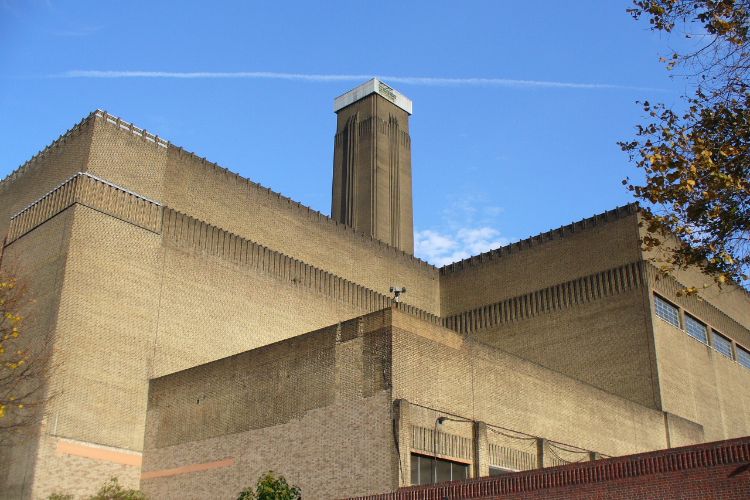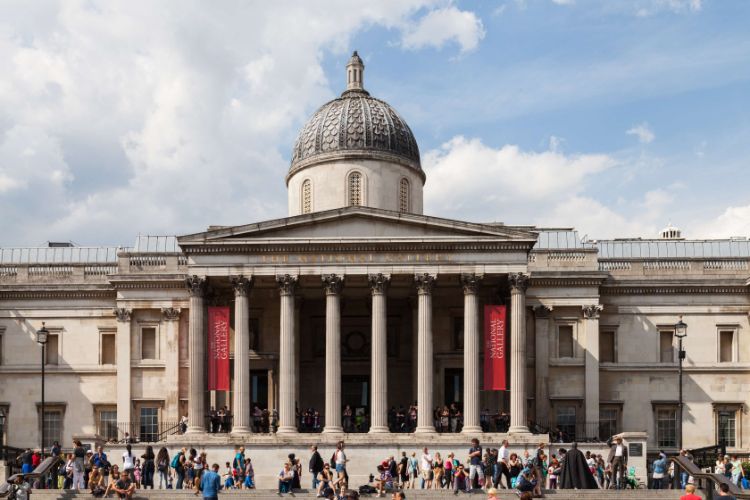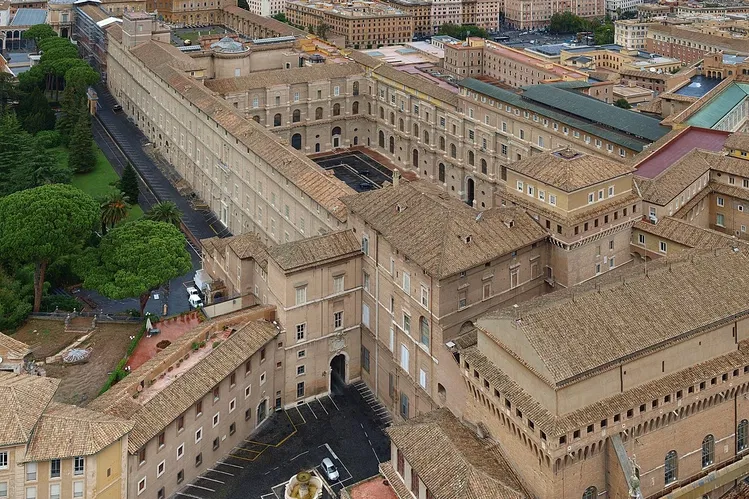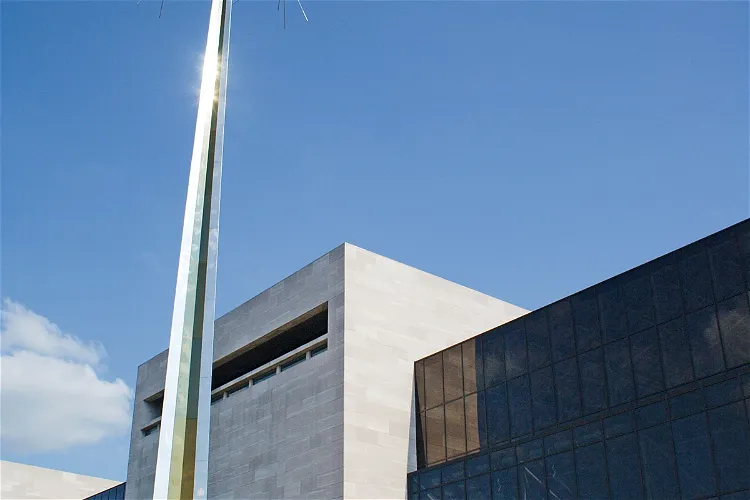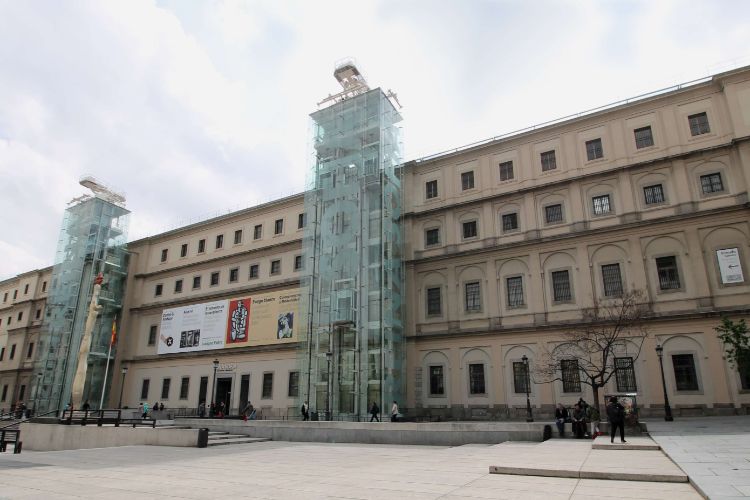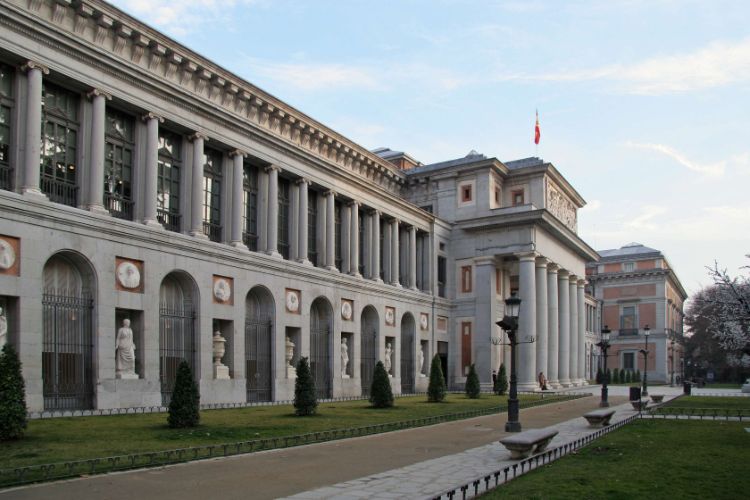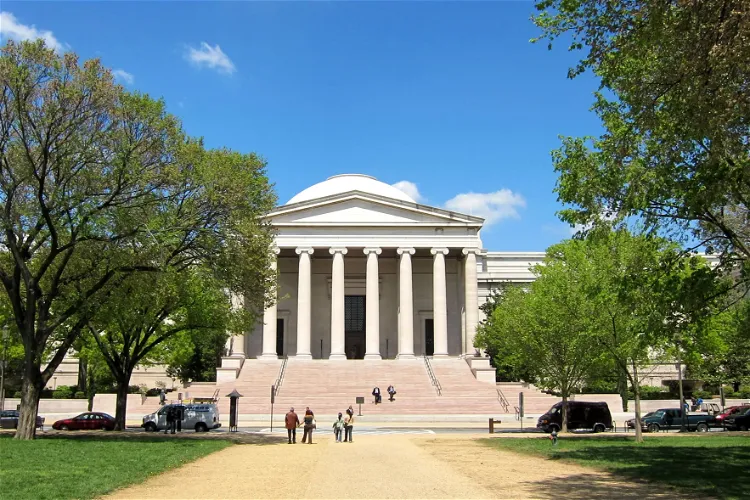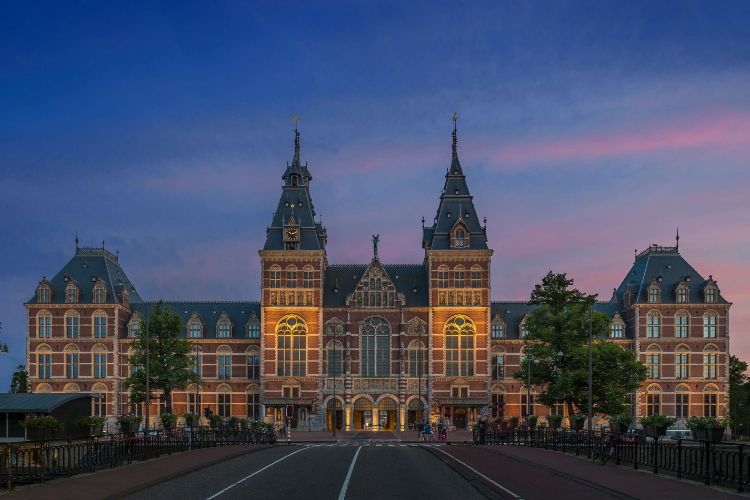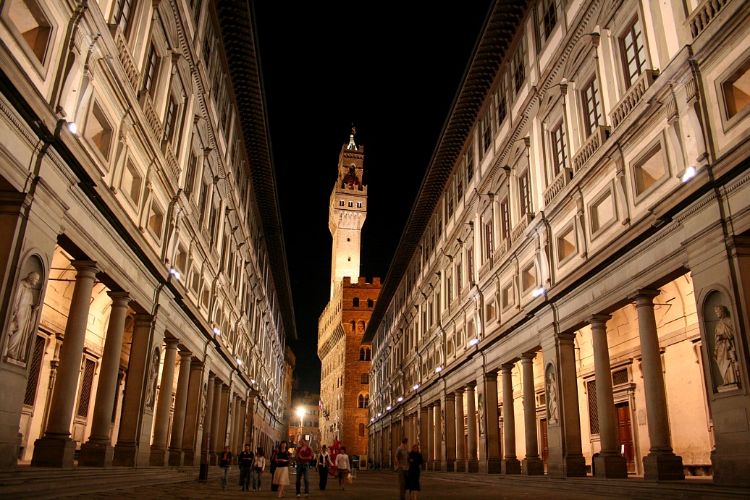The heavyweight champions of the museum world, attracting millions of visitors annually. From the Louvre to the British Museum, these institutions are bucket-list destinations housing humanity's greatest treasures.
Every year, millions of culture enthusiasts, history buffs, and curious travelers make pilgrimages to the world's most iconic museums. These aren't just buildings filled with artifacts - they are cultural powerhouses that have become destinations in their own right, drawing crowds that rival major sporting events and music festivals.
From Paris to London, New York to Madrid, these institutions represent the pinnacle of human achievement in art, science, and cultural preservation. They house collections so vast and significant that a single visit barely scratches the surface.
What makes these museums so irresistible? It's the combination of world-class collections, architectural splendor, and the promise of encountering works you've only seen in textbooks: the Mona Lisa's enigmatic smile, Egyptian mummies, or masterpieces by Van Gogh and Rembrandt. Join us as we explore fifteen museums that consistently top the global visitor charts, each offering an unforgettable journey through human creativity and history.
1. Louvre Museum
The undisputed champion of museum attendance, the Louvre welcomes over 9 million visitors annually, making it the world's most visited museum. Housed in a former royal palace with its iconic glass pyramid entrance, this colossal institution spans 72,735 square meters of exhibition space.
Visitors flock here for masterpieces like Leonardo da Vinci's Mona Lisa, the ancient Venus de Milo, and the Winged Victory of Samothrace. With 35,000 works on display from civilizations spanning millennia, it's a cultural pilgrimage that defines bucket-list museum experiences.
2. National Museum of Natural History
Part of the Smithsonian Institution, this Washington powerhouse attracts approximately 7 million visitors annually, making it one of the world's most visited natural history museums. Free admission removes barriers, allowing families and tourists to explore over 145 million specimens and artifacts.
The Hope Diamond draws crowds into its mineral hall, while the dinosaur fossils and the Sant Ocean Hall create unforgettable moments. Its position on the National Mall, surrounded by other iconic museums, makes it an essential stop on any cultural tour of America's capital.
3. British Museum
London's British Museum consistently ranks among the world's top three most visited museums, welcoming over 6 million visitors annually. Free admission to its permanent collection democratizes access to 8 million objects spanning two million years of human history.
The Rosetta Stone, Parthenon Marbles, and Egyptian mummies are just the beginning of treasures that chronicle civilizations from every continent. The museum's stunning Great Court with its geometric glass roof has become an architectural destination itself, while its comprehensive collection makes it indispensable for understanding global heritage.
4. Tate Modern
Britain's national gallery of modern and contemporary art draws over 5 million visitors annually to its spectacular Bankside Power Station location on the Thames. The dramatic industrial conversion creates cathedral-like spaces for experiencing art from 1900 to today.
Free admission to the permanent collection featuring Picasso, Warhol, and Hockney ensures accessibility, while blockbuster temporary exhibitions attract international attention. The viewing terrace offers breathtaking London panoramas, and the Turbine Hall's massive installations have become cultural phenomena, making this former power station a powerhouse of contemporary culture.
5. National Gallery
Overlooking Trafalgar Square, the National Gallery attracts approximately 5 million visitors annually who come to experience one of the world's finest collections of Western European painting. With over 2,300 works dating from the 13th to early 20th centuries, it offers an unparalleled journey through art history.
Van Gogh's Sunflowers, Velázquez's Rokeby Venus, and works by Leonardo, Monet, and Rembrandt fill its elegant galleries. Free admission to the permanent collection and its central London location make it an essential cultural destination for both tourists and locals seeking artistic inspiration.
6. Metropolitan Museum of Art
The Met dominates New York's cultural landscape with over 6 million annual visitors exploring its encyclopedic collection of 5,000 years of art. From Egyptian temples to European paintings, American decorative arts to contemporary installations, the Met's scope is staggering.
Spanning three locations (though the Fifth Avenue flagship is the crown jewel), visitors encounter masterpieces by Vermeer, Rembrandt, and Van Gogh, alongside the reconstructed Temple of Dendur. Its iconic steps have become a New York landmark, while its vast galleries ensure multiple visits never reveal everything this cultural giant contains.
7. Vatican Museums
Drawing over 6 million visitors annually, the Vatican Museums offer an unparalleled spiritual and artistic journey through centuries of Catholic patronage. The museums contain approximately 70,000 works, with 20,000 on display throughout 54 galleries.
The pilgrimage culminates in Michelangelo's Sistine Chapel ceiling, one of humanity's greatest artistic achievements. Raphael's Rooms, the Gallery of Maps, and masterpieces by Caravaggio and Leonardo create an overwhelming experience. The museums' religious significance combined with their artistic treasures make them essential for understanding Western art and faith's intersection.
8. National Air and Space Museum
This Smithsonian powerhouse attracts millions annually with the actual Wright Flyer, Apollo 11 command module, and Charles Lindbergh's Spirit of St. Louis. Chronicling humanity's conquest of the skies and space, it makes aviation and space exploration tangible.
Free admission allows families to stand beneath real spacecraft and aircraft that made history, while interactive exhibits explain the science of flight. Its National Mall location and recently renovated galleries ensure it remains among the world's most visited museums, inspiring future generations of engineers, pilots, and astronauts.
9. Reina Sofía National Art Museum
Spain's national museum of 20th-century art attracts over 4 million visitors annually, primarily to witness Picasso's Guernica, one of the most powerful anti-war paintings ever created. The museum's collection traces Spanish and international modern art from the late 19th century through the 1980s.
Works by Dalí, Miró, and other Spanish masters complement the international collection. The building itself, a converted 18th-century hospital with striking glass elevator towers, symbolizes the fusion of historic and contemporary. Free evening hours increase accessibility, making world-class modern art available to all.
10. Prado Museum
Madrid's crown jewel attracts approximately 3 million visitors annually to experience the world's finest collection of Spanish painting. Velázquez's Las Meninas alone justifies the pilgrimage, but Goya's haunting Black Paintings and Bosch's Garden of Earthly Delights make it essential.
The collection of over 8,000 paintings also includes masterworks by Titian, Rubens, and El Greco. The Prado forms part of Madrid's Golden Triangle of Art alongside the Reina Sofía and Thyssen-Bornemisza, but its unparalleled concentration of Spanish masters makes it the heart of any art lover's visit.
11. National Gallery of Art
Drawing over 4 million visitors annually, this National Mall institution offers free admission to one of the world's finest art collections. The neoclassical West Building houses European masterpieces from the Middle Ages through the 19th century, while I.M. Pei's modernist East Building showcases 20th-century works.
The only Leonardo da Vinci painting in the Americas resides here, alongside works by Vermeer, Monet, and Rothko. The underground passage connecting the buildings features a mesmerizing moving walkway with light installations, enhancing the journey through centuries of artistic achievement.
12. Victoria and Albert Museum
The world's leading museum of art, design, and performance attracts over 3 million visitors annually to its labyrinthine South Kensington galleries. With 2.3 million objects spanning 5,000 years, from ceramics to fashion, furniture to photography, the V&A celebrates human creativity in all forms.
The Cast Courts' full-scale reproductions of Renaissance masterpieces, the stunning British Galleries, and the contemporary fashion collection create diverse experiences. Free admission to permanent galleries and its convenient location near other major museums make it essential for understanding decorative arts and design history.
13. Rijksmuseum
Amsterdam's national museum attracts approximately 2.7 million visitors annually, making it the Netherlands' most visited museum and essential for understanding Dutch Golden Age art. Rembrandt's Night Watch commands the Gallery of Honour, while Vermeer's delicate domestic scenes and works by Frans Hals complete an unmatched collection.
The recently restored 19th-century building itself is an architectural masterpiece, with a bicycle tunnel running through its center - perfectly Dutch. Beyond paintings, the collection includes Delftware, ship models, and dollhouses that illuminate Dutch culture and history across eight centuries.
14. Natural History Museum
This London landmark attracts over 5 million visitors annually to its stunning Romanesque cathedral of nature. The blue whale skeleton suspended in Hintze Hall creates an awe-inspiring entrance, while Dippy the Diplodocus has charmed generations. The museum houses 80 million specimens spanning botany, entomology, mineralogy, paleontology, and zoology.
Free admission makes world-class natural history accessible to all. The Darwin Centre offers behind-the-scenes glimpses of scientific research, while the earthquake simulator and animatronic dinosaurs create interactive experiences. Its architectural grandeur and comprehensive collections make it essential for understanding our natural world.
15. Uffizi Gallery
Florence's Renaissance treasure chest attracts approximately 4 million visitors annually, housing the world's finest collection of Italian Renaissance art. Botticelli's Birth of Venus and Primavera draw crowds, but works by Leonardo, Michelangelo, Raphael, and Caravaggio fill every corridor.
The U-shaped building along the Arno River was designed by Vasari as administrative offices for the Medici, making it as architecturally significant as its contents. The sheer concentration of masterpieces can be overwhelming - this is where Western art reached its zenith, making the Uffizi an essential pilgrimage for art lovers worldwide.
These fifteen institutions represent more than just buildings filled with objects - they are global destinations that define cultural tourism in the 21st century. Together, they welcome over 60 million visitors annually, testament to humanity's enduring hunger for connection with our artistic and historical heritage.
What unites these museums beyond their impressive attendance figures is their commitment to preserving and presenting humanity's greatest achievements. Whether you're standing before the Mona Lisa in Paris, gazing at Guernica in Madrid, or marveling at the Hope Diamond in Washington, these experiences create lasting memories and deeper understanding.
Planning a visit to any of these institutions requires strategy - arrive early, book tickets in advance, and accept that you cannot see everything in one visit. But that's part of their magic: they reward return visits and lifelong engagement. These are the museums that inspire us to travel, to learn, and to appreciate the incredible diversity and creativity of human civilization.

